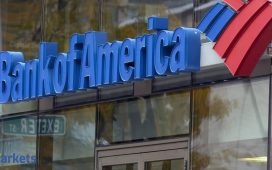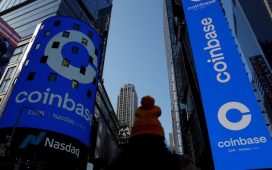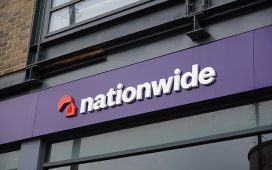A US labelling company has become the first to break a weeks-long drought of issuance in the $1.4tn US junk bond market after turmoil in the banking sector dented investor appetite for risky debt.
Labl, operating as Multi-Color Corporation, completed a $300mn bond issuance on Tuesday, with the debt due to mature in 2028. Proceeds from the deal, which priced with a yield of 9.5 per cent, according to people familiar with the details, will be used in part to fund a potential acquisition.
While the transaction was not particularly large, Multi-Color — which makes labels for food, drinks and other consumer products — was the first US borrower with a subinvestment-grade credit rating to tap the market since the failure of Silicon Valley Bank.
The fallout from the lender’s collapse had derailed a strong start to the year for sales of high-yield bonds. Issuance ground to a halt after SVB’s collapse and the crisis at Credit Suisse prompted investors to flee into safer assets such as government bonds.
The high-yield market had “for all intents and purposes, been shut down for new issuance activity,” said Mike Chang, a bond portfolio manager at Vanguard, in a “reversal of trends that we saw in the first couple of months of this year”.
Tuesday’s deal brought some relief to a market that had been on ice following issuance of $34bn in January and February combined, greater than the total for the second half of 2022.
However, John McClain, portfolio manager at Brandywine Global Investment Management, said one should not read too much into the Multi-Color deal. He predicted a few “high quality” high-yield issuers would follow the label maker with their own junk bond offerings in the next few weeks.
Marty Fridson, chief investment officer at Lehmann Livian Fridson Advisors, described the offering from the label maker as “kind of a gutsy move” by the company and its bankers.
He added: “A lot of times in the past we’ve seen the underwriters try to reopen the market with a high-end, well-known name to test the waters.”
After the drought of recent weeks, corporate borrowing for the first quarter stands at $37.5bn as of March 28, the lowest figure in seven years.
By contrast, companies with stronger credit ratings have maintained greater access to bond markets. High-grade borrowing has exceeded $374bn in 2023, with investors continuing to buy into large deals such as last week’s $6.5bn bond issued by UnitedHealth.

Investors said that the disparity between junk and investment grade-rated issuance underscored the very high borrowing costs that low-grade issuers face, with interest rates averaging almost 9 per cent for risky US bonds. This is up from less than 6 per cent just over a year ago, before the Federal Reserve embarked on the most aggressive campaign of monetary policy tightening in decades.
The spate of US bank failures has shaken markets and exacerbated worries about an economic downturn this year that could lead to defaults at some highly indebted companies.
“With the onset of the recent banking crisis and the headlines associated with it, I think people’s expectations around a potential recession this year on balance have increased,” said Chang. “And with that has come lower risk tolerance and a flight to quality.”
Still, many junk-rated companies find themselves in a relatively good position to weather a period of intermittent access to bond markets, having taken advantage of the period of rock-bottom interest rates following the start of the Covid-19 pandemic to borrow cheaply and refinance their debt at longer maturities.
Such issuers “can come to market when it’s convenient for them”, said Fridson. “When you see markets in a very volatile state, it pays to wait and probably it’ll be more settled.”











